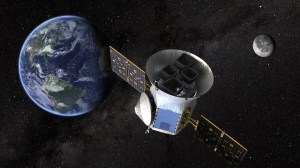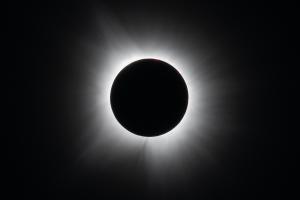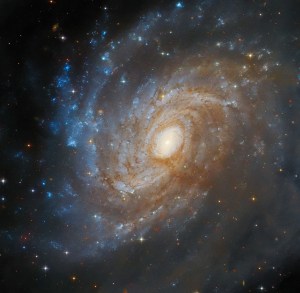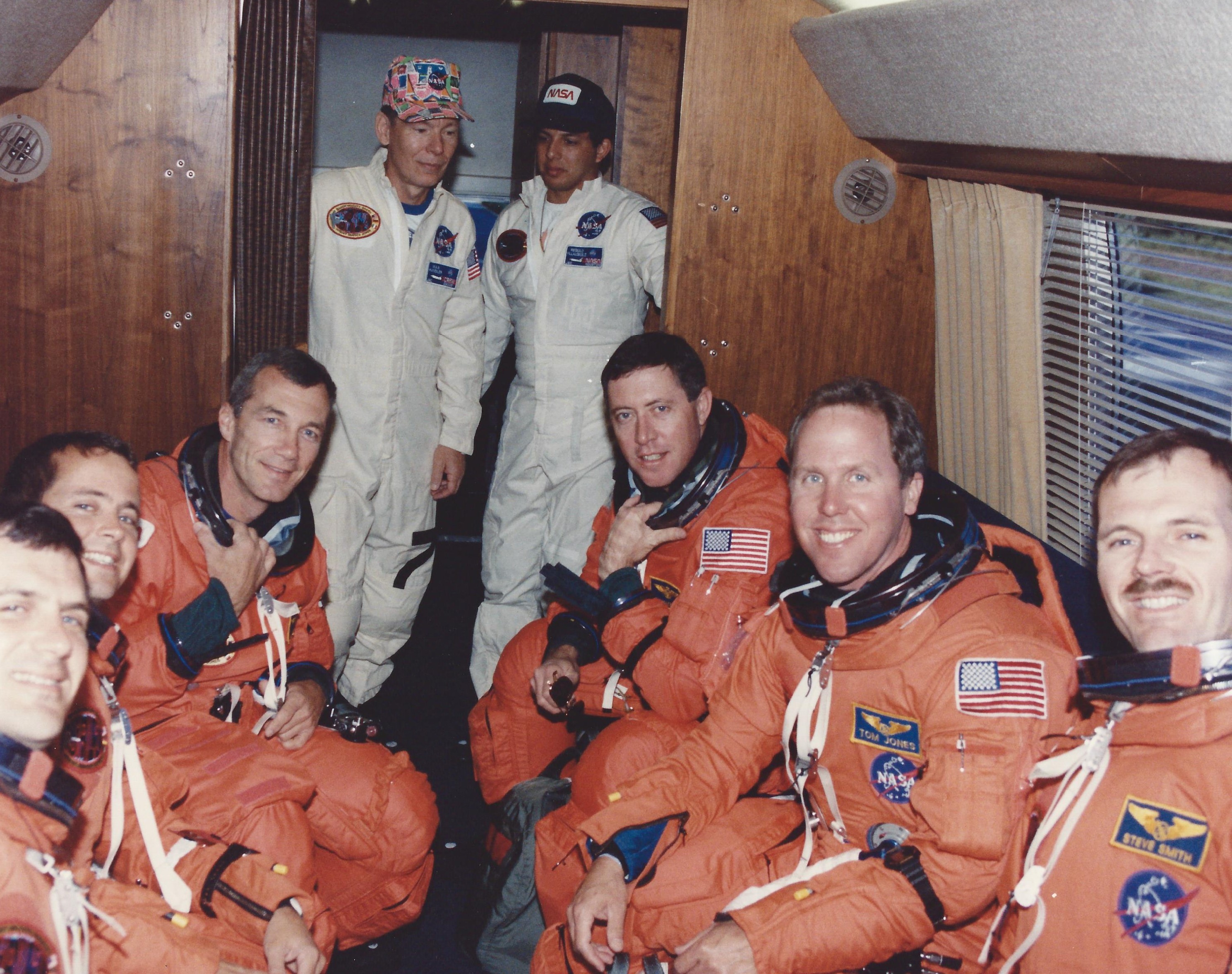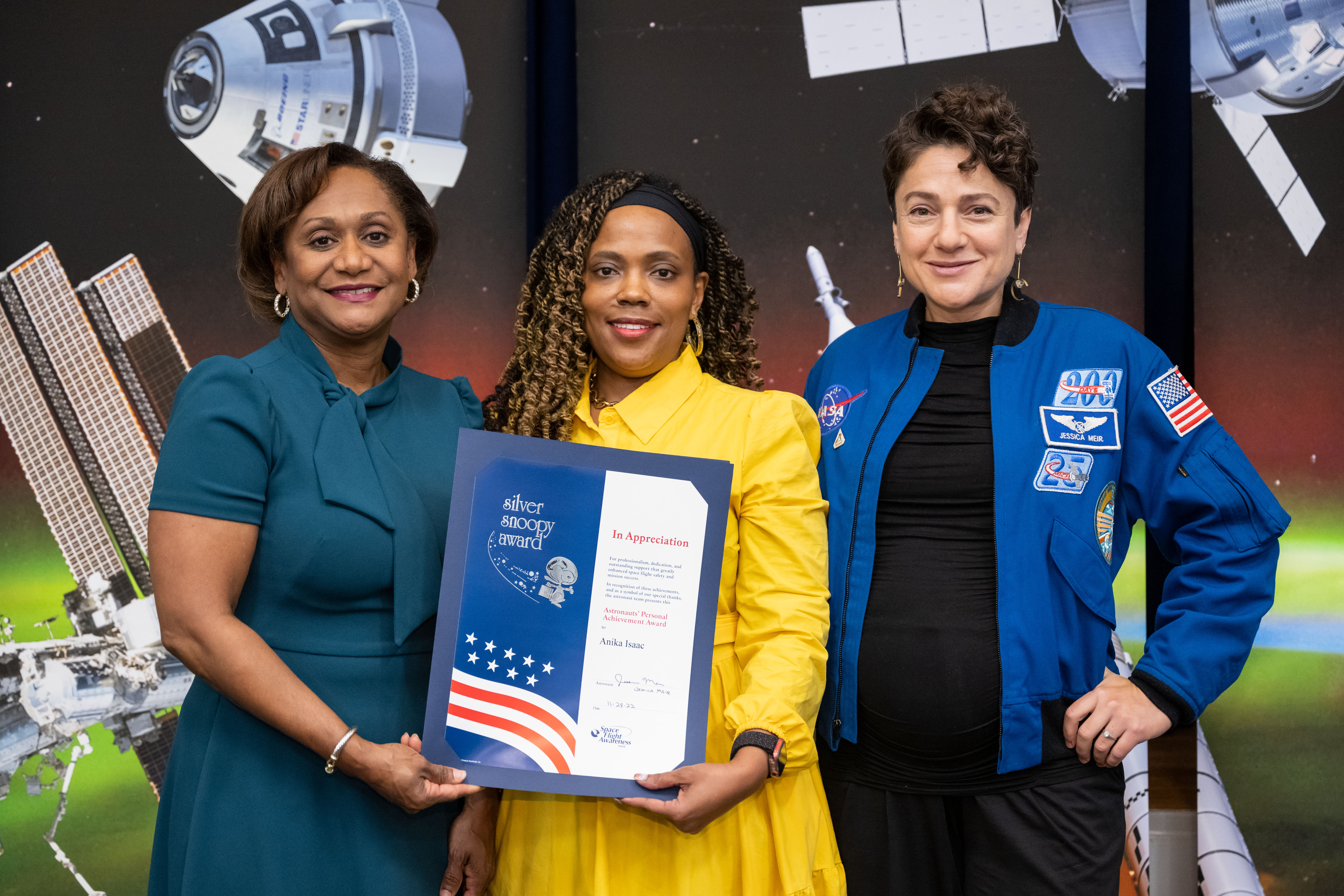A Solar Neighborhood Census, Thanks to NASA Citizen Science
To take a census of nearby cosmic objects, sending out a survey won’t work. Scientists need to use many telescopes with different specializations to chart what is in the general neighborhood of the Sun. Looking to understand more about our neighbors and how they came to be, scientists collaborate with citizen scientists, volunteers from around […]
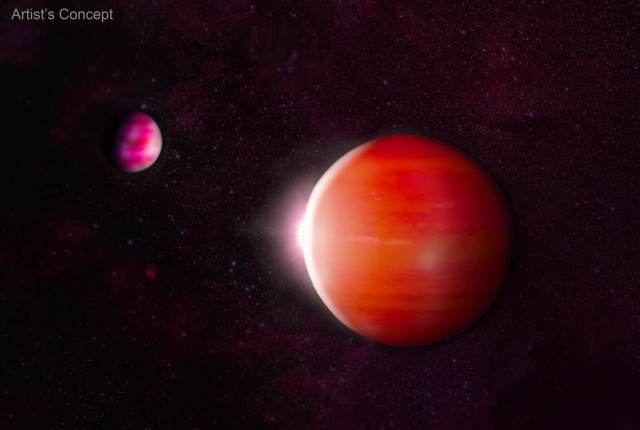
4 min read
A Solar Neighborhood Census, Thanks to NASA Citizen Science

To take a census of nearby cosmic objects, sending out a survey won’t work. Scientists need to use many telescopes with different specializations to chart what is in the general neighborhood of the Sun.
Looking to understand more about our neighbors and how they came to be, scientists collaborate with citizen scientists, volunteers from around the world. They have helped professional scientists create a new census of more than 4,000 cosmic objects through the Backyard Worlds: Planet 9 citizen science project.
A new study in The Astrophysical Journal shows the results of that census within 65 light-years of the Sun. Researchers found that there are four times more stars than brown dwarfs in this area, but that low-mass objects are more common than high-mass objects. The average mass of an object in this area is 40% the mass of the Sun.
“There is something about the process of star formation buried in those data,” said J. Davy Kirkpatrick, lead author of the study and research scientist at Caltech’s IPAC (Infrared Processing and Analysis Center) in Pasadena, California. “We have another clue of how it works.”
What are Brown Dwarfs?
Brown dwarfs are not quite stars and not quite planets, but somewhere in between. They are generally more massive than Jupiter but do not fuse hydrogen in their cores the way even the lowest-mass stars do. The study supports the idea that the process of forming brown dwarfs is somehow different from the process of forming higher mass stars. Both kinds of objects are thought to form when a cloud of gas and dust collapses, but there could be different “seeds” that determine whether one kind of object forms versus another.
Citizen scientists sped up the process of identifying objects in this census by about 10 to 15 years, compared to if researchers had done the work without them, Kirkpatrick said.
How Citizen Scientists Helped
Through Backyard Worlds, citizen scientists indicate whether objects in sets of images could be “nearby” – that is, within our Sun’s general neighborhood in the galaxy – by looking for movement of objects relative to the background.
A small team of citizen scientists developed a tool called WISE View, using images from NASA’s WISE (Wide-Field Infrared Survey Explorer) mission, to easily stitch together images into animations. A larger group of volunteers then used those animations to find moving objects. “They’ve made the project more efficient for everyone else,” Kirkpatrick said. (WISE’s mission ended in 2011, but the spacecraft was reactivated with the name NEOWISE in 2013, focusing its survey on near-Earth objects).
Kirkpatrick also created a program called Stellar Ambassadors through which citizen scientists helped look through scientific literature on what was known about these objects before.
One complicating factor in estimating the prevalence of brown dwarfs is that some are virtually indistinguishable from low-mass stars. For example, an object 75 times the mass of Jupiter could be either a brown dwarf or a faint star, and current telescopes cannot tell the difference.
The next step in this line of research is to examine data from NASA’s James Webb Space Telescope, which is studying molecular clouds that hold the seeds of stars, brown dwarfs, and planets. Future investigations could reveal more about how those seeds differ from each other.
Meet a Citizen Scientist
Citizen scientists who participated in the new study and earned credit as co-authors included Léopold Gramaize in Paris. When he’s not scouring cosmic data, he works as the director of security and operations for Paris-Charles de Gaulle and Le Bourget airports.
Gramaize encountered the Backyard Worlds project in 2019 and loved the idea of looking for brown dwarfs, which he had never heard of before. Gramaize became so interested in these objects that he learned how to code so he could search astronomical databases faster. As part of this particular study, he co-discovered a few brown dwarfs and helped with the scientific literature review.
“I like the fact that brown dwarfs are a bit mysterious,” he said. “It’s just a few pixels, and yet they are here.”Three citizen scientists from the Backyard Worlds project have won observing time on Webb as co-investigators on selected Webb proposals.
Join a Citizen Science Project
There are more than 40 citizen science projects associated with NASA. Participation is open to everyone around the world, and not limited to U.S. citizens or residents.
Podcast
Check out this NASA’s Curious Universe podcast episode to hear personal stories from citizen scientists engaged NASA-related projects.
Share
Details
Related Terms
What's Your Reaction?



















.jpg?#)























